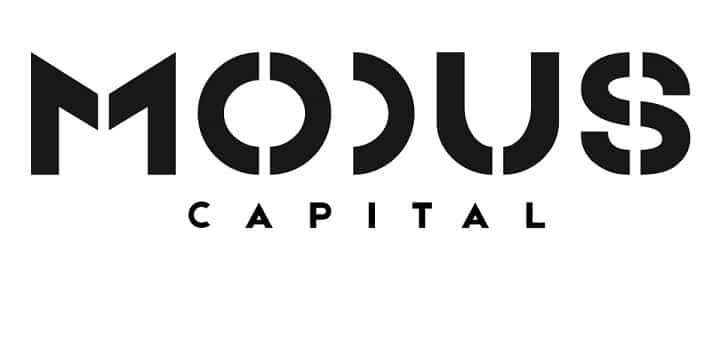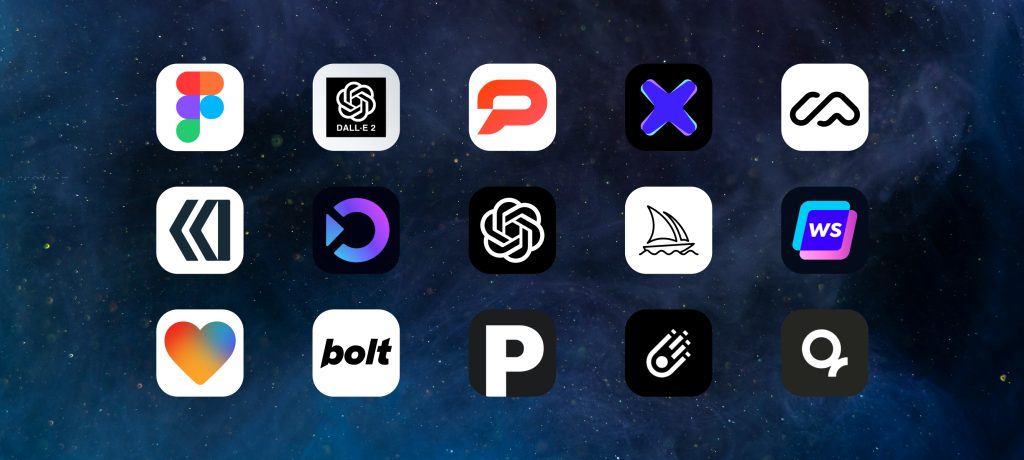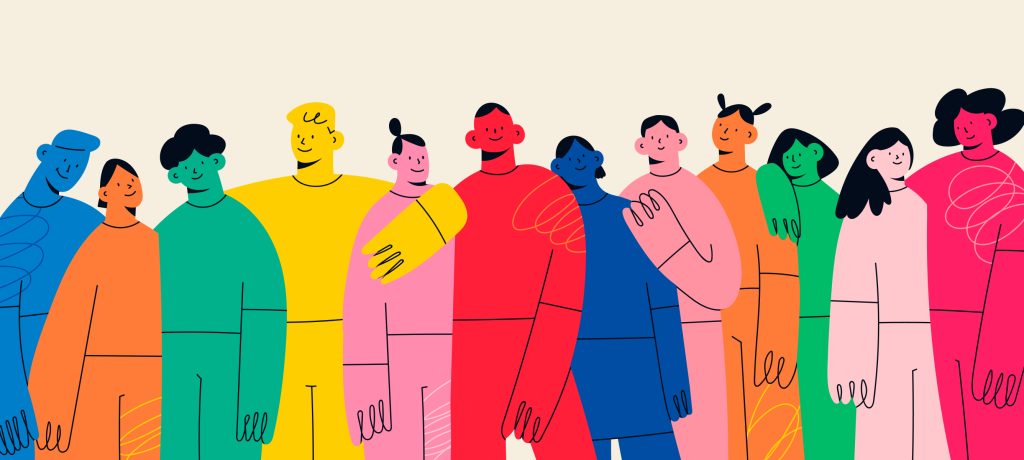Cognitive biases and distortions are learned thinking patterns which we use to make sense of the world around us.
However, they are based on past experiences and associations, which means that when applying them to a new situation they can come off short handed and overwrite the facts of an event in order to fit our pre-learned notions.
When presented with a new situation, our brains try to create a fast assessment of it, which leads us to use biases in understanding the new information.
CEOs, product managers, designers, developers, users, testers, are all prone to them, and, although mostly presented as tools to push users in the right direction when using a product, they are extremely important for the team building one as well.
They can impact the way we think, act, interpret and make decisions, often robbing us of insights that could help increase revenue and tweak our product as the market changes and the business evolves.
Working with companies in MENA has helped identify the most common biases present during a product lifecycle in the region.
From idea to research, design, testing, development and iterations, biases are there to push things in the direction each person “feels” they’re meant to go and can turn a product into something that no one uses.
Bias 1 – Availability heuristic
Example: “I had an uncomfortable experience doing X so it is bad, and all people want to avoid it. “
Not all people react the same way to the same event. It is all anchored in our learned behavior which triggers a personal understanding of the event and turns into an emotional response.
It is this response that most people consider when thinking of an experience, rather than the facts of the experience itself.
Availability heuristic comes forth when we value our own experience (and emotional response to an event) more than those of others, reject any ideas or items that contradict our experience, and use self-justification in a decision making process.
If you work on a product, list your understanding of situations as assumptions and validate them.
Find out if more people feel this way before dismissing it entirely or focusing all of your resources (and a lot of $$$) into creating a solution for the problem.
Bias 2 – Sensory anchoring
Example: “I have been told that X is happening, therefore it must be true.”
We rely on our own memory and on the first piece of information that we received on a subject and hold these as an absolute truth when judging a situation and people.
It influences the way we look at a problem, ask questions about it, and information that is different from this belief is discarded and fades out of our focus even when we review findings that are objective.
If you are building solutions for others, it is of vital importance to check your sources and be willing to prove yourself wrong.
In doing so, you could uncover pain points that you can tackle and even pivot in your approach, based on the needs of people you are building for.
There are a lot of examples of companies that did not put their understanding of user needs to the test and have died out.
Bias 3 – Confirmation bias
Example: “I know what is best in situation X and anyone who does not agree with me is wrong.”
We are not comfortable with being wrong. As kids being wrong was not rewarded, and most often cost us something we cared about. We hold this conditioning as adults, but it can turn into pushing to be right all the time.
Some of us have had the unpleasant experience of having a manager that said “no” to everyone’s ideas without even giving them enough thought, who wouldn’t let their team do things unless they were done exactly their way and considered that any other approach was wrong, and they are the only ones who are right.
That is a classic example of confirmation bias. Unfortunately, it can be the death of businesses, as one person’s point of view does not describe the market needs.
Bias 4 – Generalization
Example: “I have had an experience where I noticed X, therefore all things or people like that are the same.”
As a simple example, nationality does not always determine the interests of your audience.
With the current mix of nationalities and exposure to different cultures, you can miss out on a lot if you only segment by nationality instead of looking at your users’ interests and understand what they care about.
If you do not talk to your users, break down their journey and focus on cohorts you will miss out on insights that could deeply impact your funnel from acquisition to retention and building loyalty.
Do not assume you know why people are doing things a certain way. You might be surprised of what you uncover when running interviews that focus on more than just NPS.
Bias 5 – Bandwagon
Example: “Trend X is what everyone is doing, we have to do it or we’ll miss out.”
While it might be a fact that multiple companies have started solving for similar business cases, this does not determine whether or not your product should be doing the same thing or if you can pull this off in time to benefit from immediate market needs.
As an example – take grocery shopping. Just because multiple companies started doing this during Covid, it does not mean that all of them should.
It could be that people are sick of staying at home and grocery shopping has become a welcome activity to get out of the house and drive themselves to the store.
Other grocer delivery businesses may target people in remote areas who need to take cabs to get groceries and therefore have a higher benefit of getting items delivered.
Related Read: Mean Revision in Egypt’s Grocery Delivery Market
When adjusting a product to a sudden market need, it is important to clearly understand what problem you are solving, consider whether your unique selling point will drive people away from the brands they are currently using and if it is something that solves a pain point that is strong enough to bring profit right away.
Another approach is to go ahead with something inspired by current trends that you can build on top of. It can be linked to a company goal, so that even though the immediate conversions are not that high, it can be leveraged over time to keep your product in pace with changing industry standards and necessary architectural changes.
Consider what your goals are here and how it impacts your company. A solid strategy will outlive a local un-scalable need or a trend.
For a full list of biases, look for Noam Chomsky’s and Daniel Kahneman’s cognitive biases.
They’ve created the basis for them and, although there is currently a huge number of sub-types, understanding the main ones and taking a couple of hours to think of situations in your life when you have experienced biases can help you identify them before you let them meddle in your work.




